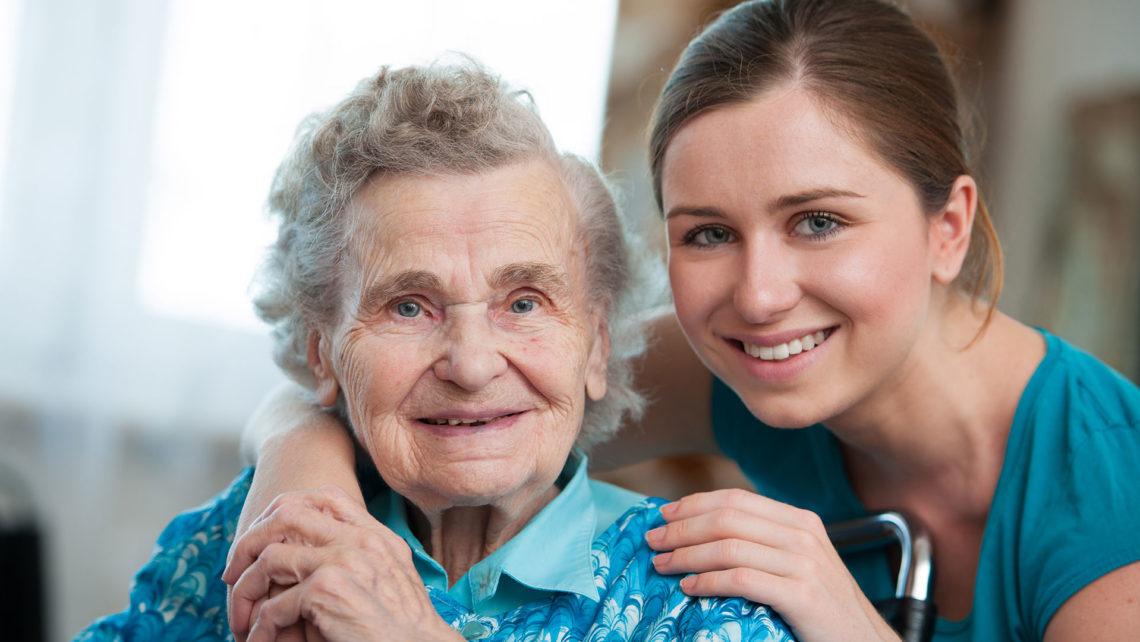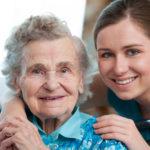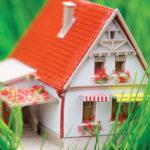Environmental gerontology
Research in environmental gerontology indicates the importance of the physical and social environment of housing and the neighborhood (public space), as well as its implications for aging in place.[2][3][4]
Preference
Most adults would prefer to age in place—that is, remain in their home of choice as long as possible. In fact, 90 percent of adults over the age of 65 report that they would prefer to stay in their current residence as they age.[5] One-third of American households are home to one or more residents 60 years of age or older.[6]
Technology can be an enabler for aging in place—there are four categories of technology that acts as an enabler—Communication and Engagement, Health and Wellness, Learning and Contribution, and Safety and Security.[7] Caregiving technologies help those who care for older adults provide that care in the most effective way—and include new technologies for smart phones and tablets, as well as websites—such as Caring.com or AARP.org/Caregiving.
Home modifications
There exist many risks for injury to older adults in the common household, therefore impacting upon their capability to successfully age in place. Among the greatest threats to an ability to age in place is falling. According to the CDC, falls are the leading cause of injurious death among older adults. Therefore, engagement in fall prevention is crucial to one’s ability to age in place. Common features in an everyday household, such as a lack of support in the shower or bathroom, inadequate railings on the stairs, loose throw rugs, and obstructed pathways are all possible dangers to an older person. However, simple and low-cost modifications to an older person’s home can greatly decrease the risk of falling, as well as decreasing the risk of other forms of injury. Consequently, this increases the likelihood that one can age in place.[8]
Some examples of home modifications include: increased lighting, accessible switches at both ends of the stairs, additional railings, grab bars, nonskid flooring, a hand-held flexible shower head, walk-in bathtubs,[9]and the removal of throw rugs and clutter.[8][10] In most cases, home modifications can be simple and cost-effective, while simultaneously offering substantial benefits to the individual. Other modifications to the home – especially those that require retrofitting – are a little more costly due to increased complexity of installation. These can include: ramps for accessible entry and exit, walk-in shower, sliding shelves, stairlifts, or even home elevators. Many homes are built or retrofitted with the Universal design model in mind, which makes everything in the home accessible to all people with or without functional limitations.[10]
Resources in the community
Naturally occurring retirement communities, also known as NORCS, are another source of support for older adults wishing to age in place. A NORC, though not built specifically for a certain age demographic, occurs where a congregation of residents 60 and older live cooperatively. Some offer recreational activities, preventative health and social services for the community. This model can be supported by local, state, and federal dollars as well as community businesses, neighborhood associations and private foundations.[11]
Technological changes
In some cases, the caregivers of people who are aging in place seek to persuade them to adopt new technology, which may include learning new skills and changing their daily routine to incorporate the technology.[12] As of 2014, there is research about how people aging in place try to use new technology when persuaded, but not much research about the extent to which they continue to use it after trying it for some time.[12] Factors which contribute to the decision to try to technology are the anticipated benefits of the technology, the difficulty using it, the extent to which the user feels that harm will come from not using it, the availability of alternatives, support from others in their social circle, and their own personal attitudes and disposition.[12]
Biological reasons
Many elders have difficulties with everyday functioning that require modifications to the houses or apartments they live in. There are several reasons why these changes happen:
- Motor functioning: In a 2002 study by Min Soo Kang, it was reported that of the elder population in America, 18% will have a disability. This calculates to 51 million Americans who have difficulties in functioning every day. 32% over age 65 will have difficulty walking, which may require use of walkers, wheelchairs and canes. To make life easier for the elder, some modifications that can aid them are wider entrances, grab rails, elevator chairs on stairs, etc.
- Fine motor functioning: Elders may have difficulty using their fingers, which can be problematic. As a result, modifications to handles, bathroom fixtures, etc. can aid with this problem.
- Cognitive functioning: It was reported in Kochera (2002) that 1 out of 5 people over the age of 55 will have a mental health disorder. Due to the deterioration, the five senses and cognitive capability decrease and cause slower responses. As a result, fire hazards may not be noticed, which can be very important when setting up fire alarms, exits, etc.
Examples
Aging in place can be further defined by:
- Aging in place without urgent needs: This group includes individuals who want to stay in their current home, are not experiencing immediate health/mobility issues, and prefer aging in place.
- Aging in place with progressive condition-based needs: This group is made up of those with chronic or progressive conditions that will require special modifications for aging in place. These individuals are usually aware of their needs but meeting them is not necessarily urgent. Many have chronic conditions such as diabetes and lung/heart disease that challenge them.
- Aging in place with traumatic change needs: This group includes those who experienced an abrupt or immediate change that demands adjustments in the living environment for aging in place such as home modifications or universal design.






















